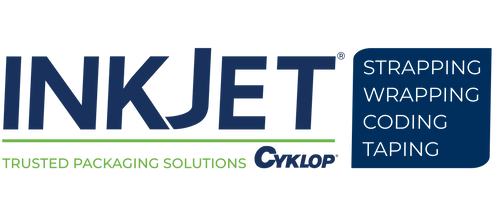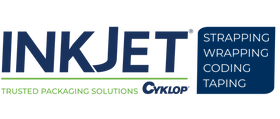Modern Aerospace Part Marking Standards You Need to Know
Rigid standards are common throughout the aerospace manufacturing sector. The success of aerospace vehicles hinges on the premise that individual components are quality-assured and capable of reliable performance. To ensure these standards are met, there are a number of quality standards in place to verify that parts are effective and traceable throughout the supply chain.
At the same time, not all companies follow the same aerospace part marking standards. A smaller sub-contractor, for example, will likely follow the regulations set by the company that they are partnering with. Alternatively, a larger, more established company—such as the Goodrich Corporation—will use their own regulations, as they may be more stringent than airline standards. Despite the variability in guidelines, a few base regulations exist that are by-and-large followed by the aerospace industry as a whole.
In this article, we’ll take a look at two major regulations: Airlines for America’s (A4A) Spec 2000 and SAE International’s AS9132. These two standards are commonly followed by aerospace manufacturers to inform consumers and ensure traceability across the supply chain. Many larger companies even form their internal policies around the standards set by these two systems.
By examining Spec 2000 and AS9132, manufacturers and buyers alike can see a glimpse of the regulatory conditions of the modern aerospace industry.
Aerospace Part Marking Standard #1: ATA Spec 2000
Published by Airlines for America (formerly the Air Transport Association) in the year 2000, Spec 2000 is a comprehensive set of information standards that help to:
-
Ensure supply chain traceability
-
Enhance information quality/timeliness
-
Provide airlines with the manufacturing data necessary to find parts that meet their operational needs
Spec 2000 is a system that modernizes previous numbering schemes to accommodate ecommerce practices. As such, Spec 2000 is not just a set of guidelines but a complete information exchange system that utilizes databases, online networks, and file transfers to connect aircraft operators and suppliers.
Of course, given that supply chain traceability is a major concern of the system, Spec 2000 also sets barcoding standards for the aerospace industry to follow. The codes used by Spec 2000 are either 1D linear barcodes or 2D data matrices. Every code is recorded in a database, as well as applied to the part to ensure traceability.
The technology used to apply these codes will vary depending on the part’s size and material composition. However, the most common methods include:
-
Dot peen
-
Laser etch
-
Laser bonding
-
Chemical etch
-
Micro milling
By using the right technology and following the standards of Spec 2000, aerospace manufacturers can connect with clients, comply with standards, and minimize supply chain issues.
Aerospace Part Marking Standard #2: SAE AS9132
AS9132 is an international aerospace process standard set by SAE International (formerly known as the Society of Automotive Engineers). The general requirements presented in AS9132 pertain to 2D data matrices that have been placed onto metal parts through dot peen, laser, or electrochemical etch marking. Codes are evaluated on a pass or fail system that accounts for six parameters:
-
Quiet Zone: The quiet zone is the unmarked area that surrounds the symbol. The quiet zone needs to be free of defects to pass inspection. A quiet zone free of defects ensures high contrast with the code and, therefore, greater visibility.
-
Symbol Contrast: Symbol contrast refers to the reflective difference between the light and dark parts of a code. While not applicable to symbols made through dot peen, symbol contrast is accounted for when judging codes made through laser or electrochemical etch marking.
-
Cell Fill: The cell fill is a percentage of how an element is filling the ideal cell size. 60% to 105% is the acceptable range.
-
Dot Center Offset: Dot center offset is a measurement comparison of the dot’s position relative to the cell position. 0 to 20% is the acceptable range.
-
Dot Ovality: Dot ovality is a measurement of how much round elements are deviating from their circle. Up to 20% deviation is considered acceptable.
-
Angle of Distortion: The angle of distortion refers to the amount of deviation that is occurring between rows and columns of the code. Distortion up to 7% is considered acceptable.
Many aerospace suppliers use AS9132 as the benchmark for 2D data matrix readability. By following the standards set by these guidelines, manufacturers can ensure that their codes are viable, in compliance, and machine-readable.
Create Verifiable Barcodes and Data Matrices with the Help of InkJet, Inc.
Aerospace part marking standards are both strict and plentiful—and for good reason. Properly placed, machine-readable codes aid quality assurance, prevent counterfeiting, and ensure supply chain traceability. To aid those in the aerospace industry, InkJet, Inc. offers a variety of continuous inkjet (CIJ) and thermal inkjet (TIJ) printers that can mark components made of plastic, metal, and more. Contact the expert team at InkJet, Inc. today to learn about our aerospace part marking solutions and to discuss which options will work best in your unique operation.
For more information on aerospace part marking standards, or for any other questions related to printers and ink, contact InkJet, Inc. online or by phone at (800) 280-3245.



